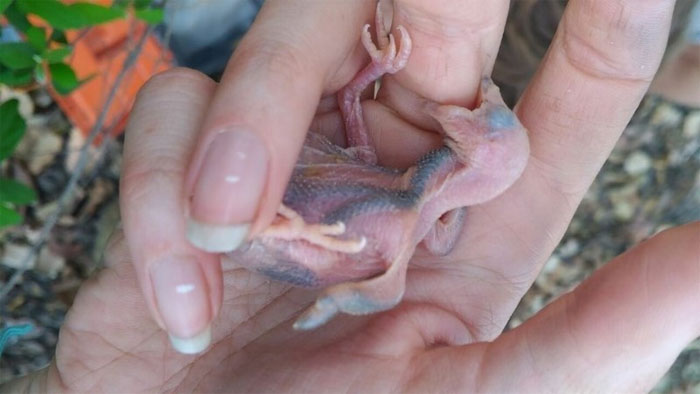These special birds belong to a group of species known as brood parasites.
Brood parasite bird parents use clever tricks to give their offspring a better chance of thriving within the host family.
The Brown-headed Cowbird (Molothrus ater) lays eggs that resemble the eggs of its various hosts for camouflage, while the female birds employ a more brutal approach by puncturing many of the host’s eggs, eliminating competition for their chicks.

Exercise from within the egg gives parasitic birds an advantage over host offspring.
Although these mother birds pave the way for their hatchlings, once they emerge, the chicks must fend for themselves.
A recent study published in the journal Proceedings of the Royal Society B: Biological Sciences indicates that what is known as embryonic movement – or exercise in the egg – can provide a competitive advantage for parasitic birds over the host’s offspring.
Stephanie McClelland, a PhD student at Royal Holloway, University of London in Egham, stated that previous studies on domesticated birds, such as chickens, have shown that embryonic movement is crucial for chick development.
Some studies suggest that the more active the egg, the stronger and more muscular the chick that hatches, while other research indicates that in contrast, paralysis in the embryo leads to stunted bone growth.
Therefore, all bird species benefit from “exercising” in the egg, as it prepares them for the outside world. “Just one or two days after hatching, they can lift an egg nearly their own weight onto their backs and push it out of the nest,” McClelland noted.
Stephanie McClelland and her team wondered how newly hatched birds possess such remarkable strength. They hypothesized that “exercise” in the egg is related to this. To test their hypothesis, the research team analyzed 437 eggs from 14 bird species, including 5 brood parasites, their hosts, and some closely related non-parasitic species for comparison.
Overall, parasitic birds have very short incubation times. The incubation period for the Brown-headed Cowbird lasts only about 10 days, according to McClelland. This is thought to be another survival strategy. By hatching earlier, hosts have less time to detect and remove parasitic eggs.
Additionally, hatching early allows violent parasitic species the opportunity to break eggs or kill the host’s chicks. Milder species, like the Brown-headed Cowbird, use their muscles to perform “intense begging behavior” toward their foster parents, monopolizing the food supply provided before the host’s eggs hatch.
During their brief incubation period, parasitic species exhibited a higher rate of embryonic movement compared to the selected host species and non-parasitic species. The movement of parasitic species also increased at a higher rate throughout their incubation period compared to other bird species.


















































